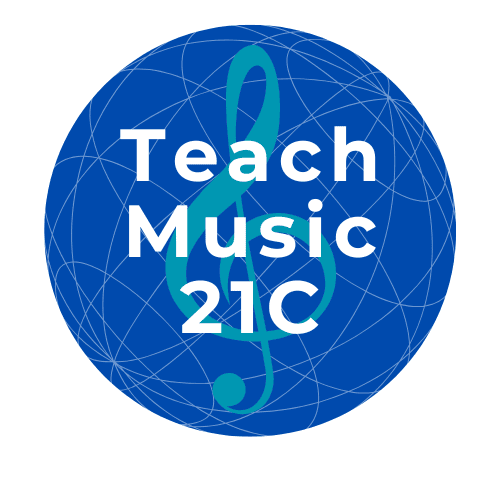I don’t often talk about my age. When you get old, there’s not much you can do about it! But these days it seems quite remarkable that I’ve been playing piano for 66 years and teaching for 47. That means I’ve been around long enough to observe some remarkable changes. I’ve seen trends come and go. Philosophies have shifted. Attitudes have evolved. And much to my surprise, I’ve recently been wondering - "What’s happened to motivation?" To find out, let’s do some time travelling…

1950s and 60s: Motivation and Expectations
My memories of growing up as a child in the 1950s and 60s are still pretty much intact. It was an era wherein students were expected to bring intrinsic motivation to the task. Joining a sports team, taking music lessons, or going to school all came with an unspoken understanding—you did so because you knew the work involved and were committed to getting it done without reminders or incentives from others. The responsibility for learning rested squarely on student’s shoulders, and motivation was seen as an internal trait rather than something to be cultivated externally.
1990s: The Shift Toward External Support
By the 1990s, attitudes toward motivation had shifted. Instead of assuming students would arrive with the drive to learn already in place, parents and teachers recognized that motivation could be nurtured. During those years, I remember giving “how to motivate” talks to parents and educators, discussing how we could inspire students rather than just expecting them to push through. Encouragement, goal-setting, and structured avenues for development became tools for keeping students engaged. Motivation was no longer just an expectation—it was something that teachers and parents could put into place.

Today: What’s Happened to Motivation?
Fast forward to the last decade or so, and I rarely find myself talking about motivation. Instead, I focus on meeting students where they are. I don’t expect students to be consistently motivated—some weeks, they’re excited about music, and other weeks, they’re less engaged. Rather than seeing this as a failure, I recognize it as a natural rhythm of learning.
Instead of asking, “How do I make this student motivated?” I’m thinking about, “How can I respond to where they are today?” And “How will my actions today influence what they do next week, next year, and during the years following their final lesson?” I recognize that some students thrive on structured challenges, while others may need a break from the goals we’ve set out. Some benefit from my guidance, while others prefer autonomy and creative exploration. My job as a music teacher is to provide support and direction no matter the student’s mindset in the moment.
What This Means for Today’s Music Teachers
As music educators, we might need to adjust our thoughts on motivation. Instead of complaining that students “aren’t as motivated as they used to be,” or struggling to find the “motivational technique” that works, here are three themes that inform how music teachers may inspire and engage our students:
- Enthusiasm & Engagement - Recognize that student enthusiasm and engagement are not fixed traits. These are characteristics that cycle through periods of energy/intensity and calm/recharging. Trying to keep students on a consistently upbeat trajectory is nearly impossible.
- Ownership: Create an environment that supports and empowers students’ ownership of their musical journey. Include musical explorations that build on and exercise their own interests and background. Keep in mind that students naturally commit to explorations that belong to themselves and most likely withdraw from explorations that feel more suited to someone else.
- Awareness & Reflection: Engage students in activities that develop students’ awareness and reflection so they have a better understanding of how their actions impact their musical journey. In this way, both teachers and students share responsibility for being aware of what’s going on and figuring out what to do next.

Shifting Our Focus
Now may be a super opportunity for exploring how the themes of Enthusiasm & Engagement, Ownership, Awareness & Reflection might provide a more robust framework for understanding and nurturing student continuity. Instead of fixating on whether motivation is present or absent, we can shift our focus toward fostering an environment where students feel supported, empowered, and engaged in their learning journey.
Moving forward, it seems advantageous for music teachers to embrace the natural fluctuations in student participation and recognize them as part of the learning process. By prioritizing enthusiasm, ownership, and reflection, we equip students with the skills to navigate their own paths, fostering a lifelong connection to music that extends far beyond the lessons themselves.
Ultimately, motivation isn’t a fixed quality but a dynamic interplay involving student’s experiences, their personal growth, and the guidance they receive from us. By adapting our teaching approaches to meet students where they are, we encourage resilience, curiosity, and deeply meaningful musical connections.
Perhaps the question isn’t, “What’s happened to motivation?” but rather, “How can we continue to evolve in the ways we inspire and guide our students?”
